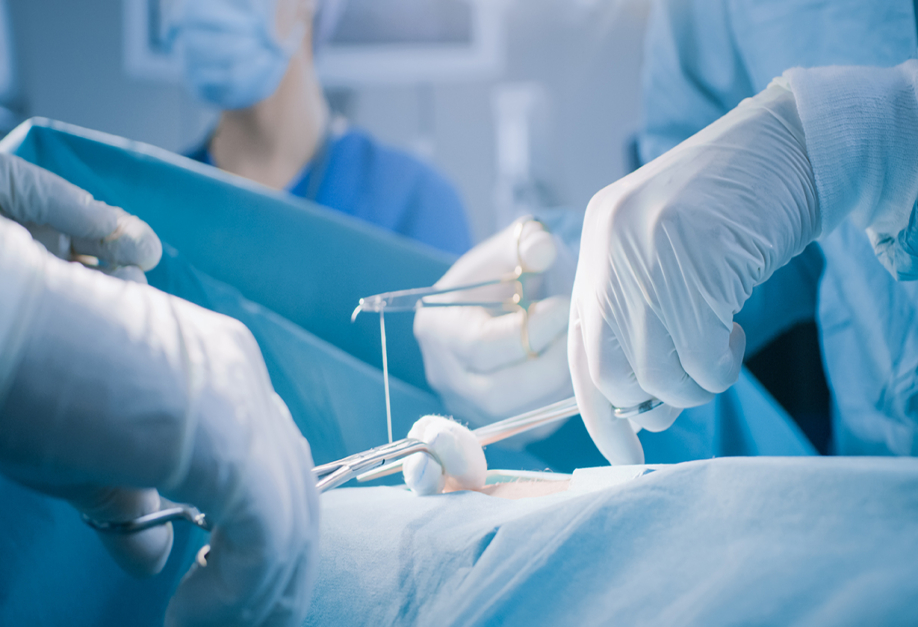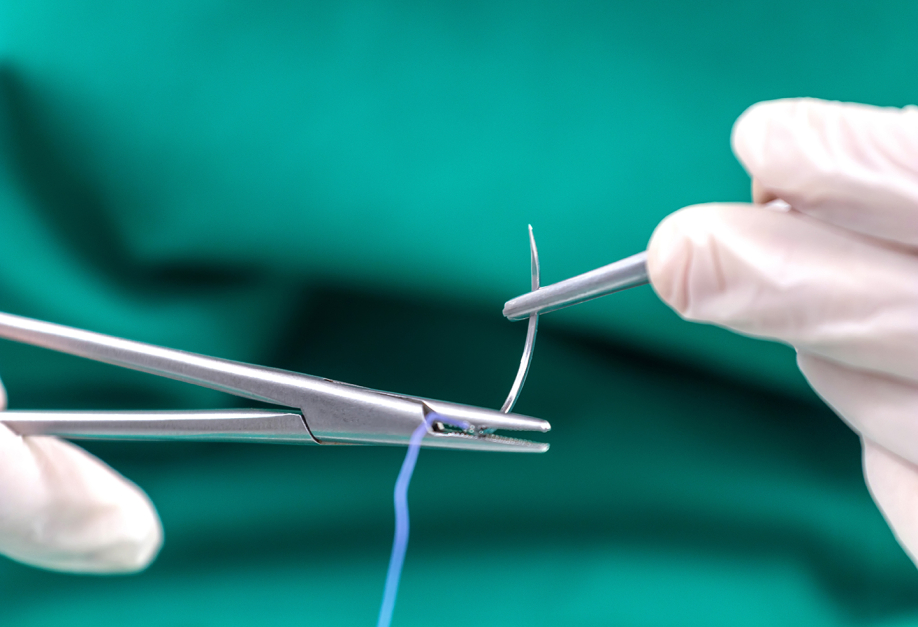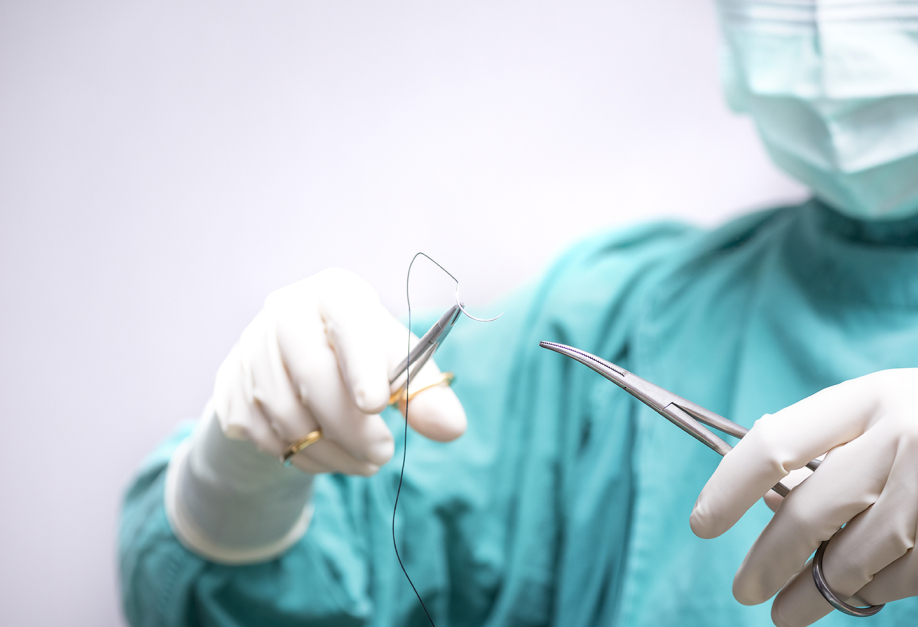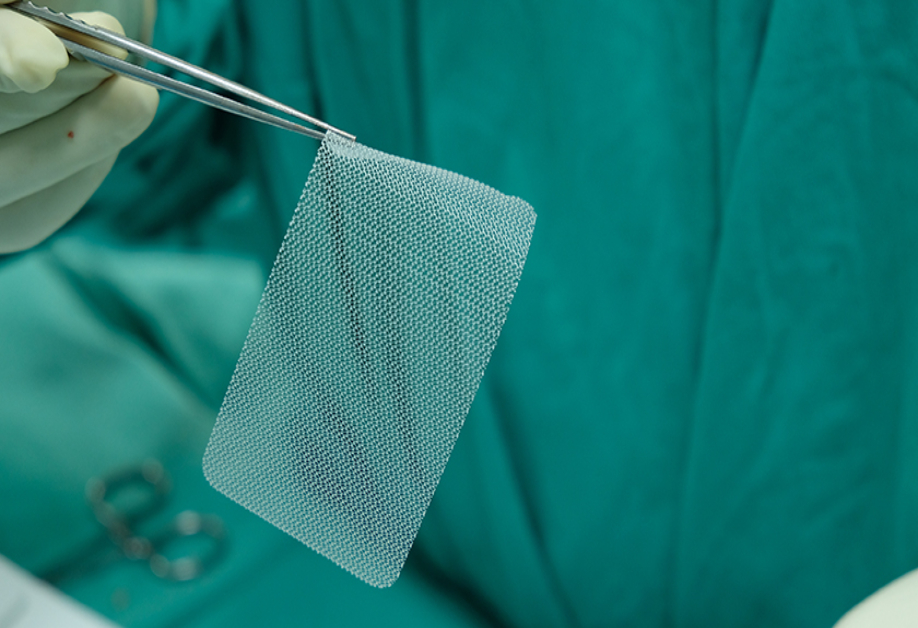If you get a minor cut or scrape at home while chopping food or while playing then it usually is self-treatable through the use of bandages or any home remedy. But, what if you get a nasty cut then how will you comprehend in case of a suture or a staple requirement? Usually, severe gash or wounds require the use of sutures, staples or surgical glues in order to close the wounds or surgical incisions. Doctors choose appropriate methods depending on the type of the wound or the surgery required.
Having said that, both sutures and staples have peculiar benefits and limitations that make them more or less appropriate for specific conditions. In many cases, sutures are essential for convenient healing. Severe wounds and deep cuts are prone to infection and other complications, and the longer a wound stays naked and vulnerable, the greater the risk of infection becomes. Sutures are one of the most common methods used for closing wounds of the skin. However, in cases of major wounds, the selection of an optimum method of wound closure is extremely vital. The type of material and technique depends on many factors such as depth, appearance, size, location, bleeding, age, material availability, and your doctor’s preference.
Sutures
This is the most common method used for closing skin wounds. Sutures are basically thread-like medical devices that can either be permanent or temporary in nature, depending on their material of the composition.
Your doctor uses a surgical thread to sew or stitch two ends of the skin together. Temporary sutures get degraded in the body. However, the suture type to be used is decided by your surgeon based on your medical history. Your doctor may prefer to use permanent sutures in case you have:
- A major wound that might take a prolonged period to heal.
- To close your surgical wounds.
- Tying off blood vessels or bowel parts.
- If your wounds involve connective tissues or muscles.
Biodegradable sutures are preferred in cases of lower skin layer wounds, internal mouth surface wounds, internal soft tissue or smooth muscle wounds. Wounds with vasculature close to the skin surface are also preferred to be stitched by biodegradable sutures.



Sutures must be removed within 1-2 weeks of their placement, depending on the intensity and location of the wound. Immediate removal reduces the risk of marks, infection, and tissue reaction.
Staples:
Doctors prefer to use a surgical stapler in case of a long skin wound or an incision in a difficult-to-reach area. Alike sutures, staples can also be permanent or dissolvable in nature. Permanent staples need to be removed by your doctor. However, with dissolvable staples you have a lower risk of getting infected.
There are a plethora of benefits associated with the use of staples:
- They permit rapid wound closure causing the lowest damage.
- They are easier to apply and remove as compared to sutures, and anesthesia is given for a much lesser time.
- The most vital advantage of using staples is a decreased infection risk.
- Wounds also heal better with staples and lower are the chances of scar formation.
Surgical staples need to stay in for some days or up to 21 days in some cases before they can be removed. How long the staples must stay in place depends mostly on factors such as:
- Size and placement of the incision.
- The type of surgical procedure.
- The complexity or severity of your incision or wound.
Numerous signs that your surgical staples may be ready to be extracted include:
- The area has recovered completely and the wound won’t reopen.
- There’s no pus, fluid, or blood drainage from the area.
- There aren’t any symptoms of infection.
It is evenly important to take post-care of your injury or wound, once the stitches or staples are removed. Check with your doctor on how to take the necessary precautions which will help restore and heal your scars.
Despite the fact that they differ in many ways, sutures and staples are cosmetically equal when it comes to scarring. Conclusively, a doctor will decide the choice of technique and device based on his or her experiences and preferences according to the case.












